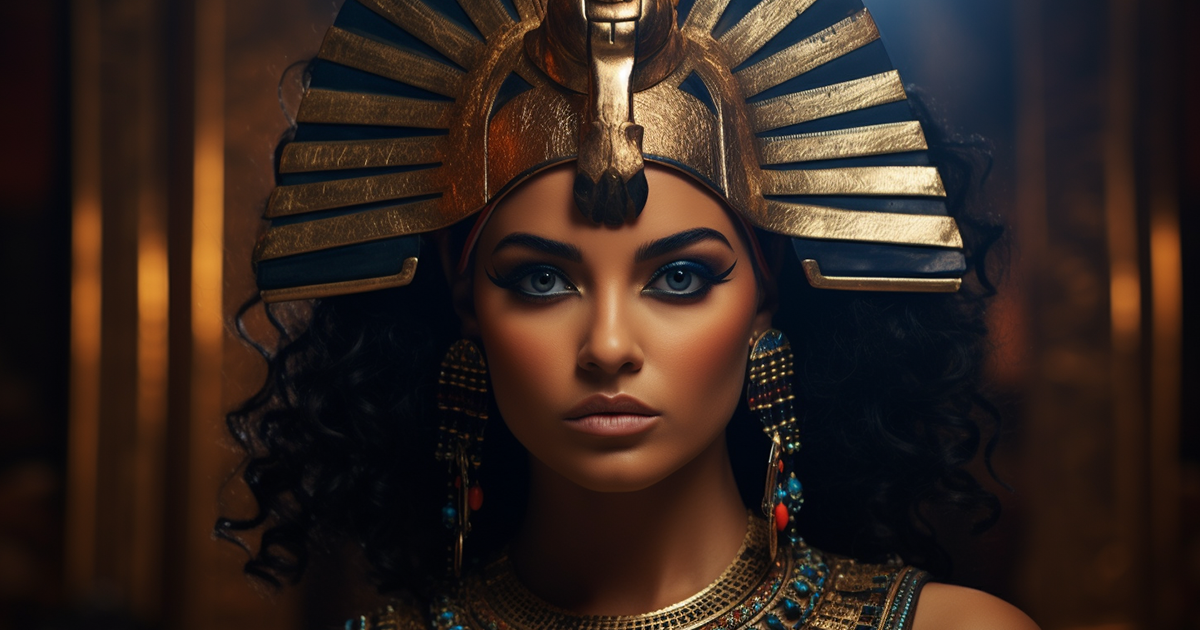For centuries, Cleopatra, the renowned queen of Egypt, has mesmerized the imaginations of numerous individuals. From ancient manuscripts to contemporary interpretations, her story is one that is steeped in mystery and allure. Despite the accounts of power struggles and political schemes, one particular aspect of Cleopatra’s persona consistently steals the spotlight: her physical appearance.
Throughout the annals of time, Cleopatra has been depicted in various forms, often mirroring the biases and intentions of the individuals who chronicled her tale. Specifically, the Romans characterized her as a dangerous seductress, a femme fatale whose charm was as perilous as it was irresistible. This portrayal, entangled in political propaganda and societal biases, has persisted over the years, molding our views of Cleopatra as a woman of unmatched beauty.
Nevertheless, the extent to which this perception echoes reality and how much of it is merely a creation of storytelling remains a complex question. The reality is that the belief in Cleopatra’s exceptional beauty is layered with nuances.

Primarily, it is crucial to analyze the societal backdrop within which Cleopatra existed. In ancient Egypt, standards of beauty varied significantly from those prevalent in the Greco-Roman world. While the Greeks and Romans esteemed specific physical attributes such as fair complexion and delicate features, the Egyptians defined beauty on their own terms, often emphasizing qualities like symmetry and equilibrium over conventional attractiveness.
Furthermore, depicting Cleopatra as a remarkable beauty might have served political objectives. In a milieu where women’s authority was frequently viewed as menacing, highlighting Cleopatra’s allure could have been a tactic to undermine her power by reducing her achievements to her physical looks.
Additionally, the romanticized portrayal of Cleopatra’s beauty could also be linked to the fascination with exoticism. As the ruler of Egypt, a nation enveloped in secrecy and enigma, Cleopatra embodied the charm of the unfamiliar, rendering her even more captivating to outsiders.
Authentically, Cleopatra’s genuine beauty likely transcended mere physical aesthetics. As a proficient diplomat, strategist, and multilingual individual, she possessed a magnetism and intellect that were far more powerful than any superficial appeal. Her capacity to captivate some of the most influential men of her era speaks volumes about her charisma and intelligence, characteristics that are frequently overshadowed by her outward beauty.
Conclusively, while Cleopatra’s beauty has been a subject of intense interest and speculation over the centuries, it is imperative to scrutinize this subject with a discerning lens. By delving into the cultural, political, and societal influences that shaped her depiction, we can commence unraveling the intricate layers of Cleopatra’s identity beyond the myths and misconceptions that have enveloped her narrative for generations. She was not merely a beautiful individual but a commanding leader whose influence continues to evoke wonder and reverence to this day.
